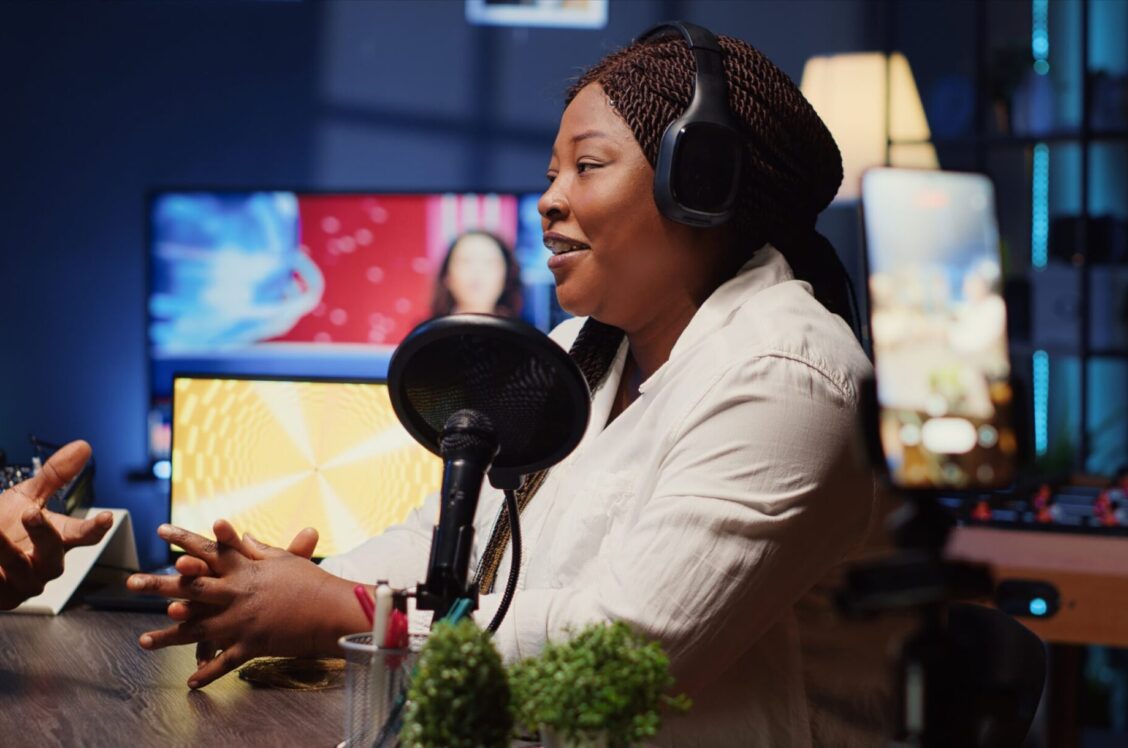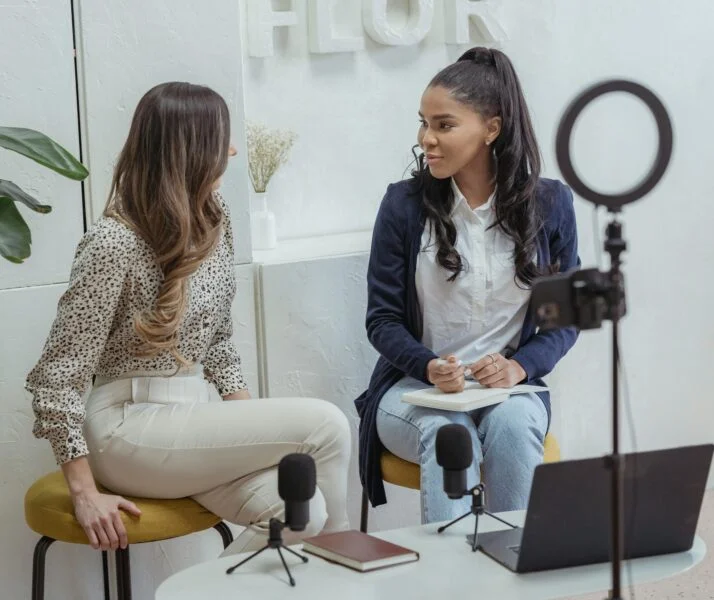
The Surge in Political and Brand Ad Spend
Political advertising is in high gear in the United States as the country gears up for the November 5th’s election. The election not only includes the presidential ticket, but also candiates for the U.S. Senate, House, gubernatorial, and state legislatures, but also local ballot measures. With hot-button campaign issues leading the cultural conversation, this election year’s ad spend is expected to top 2020’s – and both political candidates and brand advertisers are getting in on the political coverage action.
Channels with the most robust audience targeting capabilities are winning the lion’s share of budgets this cycle. In digital channels and across the audio landscape, political campaigns and brands have access to tools and insights that enable them to reach highly targeted audiences with relevant messages.
Why Audio Stands Out in 2024
How does audio advertising fit into the 2024 election advertising landscape? We turned to two ARM audio experts to get the scoop. Here, ARM’s Chief Revenue Officer, Teresa Elliott, and Vice President of Media Strategy, Gretchen Smith, share what they have observed so far, how audio serves both brands and political advertisers during election season, and strategies to launch an audio campaign quickly. (No, it’s not too late!)
How has the audio landscape changed since the 2020 presidential election?
Gretchen Smith: A lot has changed!
Teresa Elliott: Brand safety and suitability has come a long way since the 2020 election. In the past, advertisers were afraid to end up adjacent to content that wasn’t ideal for their message or image. Now, audio advertising technology is much more equipped to address safety and suitability concerns and ensure that advertisers are not missing out on contextually relevant content that previously may have been suppressed due to inadequate technology.
With programmatic audio, brands, candidates, and special interest groups can get a clear sense of the type of content available and align with contextually relevant content categories using tools that identify keywords,phrases, and context.
Gretchen: Current events and the leadership of this country are important to consumers, and consumers who are tuned into the news cycle and are engaged with issues related to, for example, the economy, have a lot of spending power. Brands are paying attention to that now, which wasn’t necessarily the case in the past.
What are the key advantages of audio for political advertisers?
Teresa: The advanced targeting capabilities of audio allow political advertisers to reach specific demographics with tailored messages. This is key for relevance and impact. And beyond that, there is also the opportunity for an advertiser—political or otherwise—to really be heard. Today, 9% of all ad spend goes to audio, but consumers spend 31% of their time there. This is where listeners are: They’re paying attention, they’re engaged, and it’s a great opportunity for a politician, a PAC, or a brand to reach someone who is tuned in and receptive to messaging.
Gretchen: Contextual targeting is truly fantastic here, it is one of the most crucial ways to get your message out there, in the right place at the right time, aligning ads with context, real-time data, and the activities the audience is likely to be engaged in.
Teresa: It’s also easy to make changes with programmatic audio, and that’s very important given the ever-changing, time-sensitive nature of campaigns. It’s easy to change the creative, change the message, or change the story, so campaigns can react to current events and political developments in near real time.
Execution, Strategy, and Creative Tips for Advertisers
What are the opportunities for non-political advertisers who want to run campaigns during this time?
Teresa: Forty-four percent of Americans feel ignored by media and most advertisers, and consumers will pay more for brands that support their values. And that’s on both sides of the coin; their political affiliation doesn’t matter. Consumers want to support brands that take a stance and support causes they feel close to.
How efficient is audio for political budgets?
Teresa: For political candidates and PACs, audio is much more cost-efficient than other channels. They’re spending big bucks on TV, for example, but audio is about one-tenth of the cost and production time. I think that’s surprising for some of the political partners we’re working with. They can get live really quickly. They can take video assets they’ve already made and just pull the audio from them and create really effective audio advertising with that. Or, we can record something quite quickly. No one needs to worry about flying to a set.
Gretchen: Advertisers with a big budget for audio can also consider dynamic creative. It can be a heavy lift to create new ads for Texas, for New Mexico, or an ad for a liberal in Kansas versus a conservative for Kansas. It’s about balancing the cost of the technology for dynamic advertising versus the total human hours spent developing the ads otherwise. For national campaigns and those delivered at scale, the ability to leverage technology for greater efficiency and redirect human resources elsewhere can have a big impact.
Many people feel fatigued by election coverage and political advertising. How does audio address that?
Teresa: There’s more breathing room here. As I mentioned before, there’s less ad spend earmarked for audio, so there’s less ad clutter in general. All the research says that most listeners don’t really mind hearing audio ads when their messages are aligned with the content. When done well, listeners actually like the ads. And there’s also the fact that audiences here are engaged and paying attention; they’re ready and willing to hear messages in this space that are matched to the context.
What strategic insights can you share with advertisers who want to get in on the action?
Teresa: First of all, I’d say, it isn’t too late. Since audio is quick to launch, there is definitely still time to get your political message out there, especially when you partner with agencies that can get the targeting right for you right out of the gate. I’d also suggest leaning into programmatic—it’s the easiest and fastest way to launch, and it keeps the campaign flexible.
What advice would you offer for crafting effective creative?
Gretchen: Use your real estate. Put your message early in an ad without it sounding too much like an ad. Keep it hook-y in the beginning, get your point across early, and use the rest of your time to add details and verifying points.
Teresa: And since most political campaigns create their own creative, I’d add that if you have any existing advertising with an audio component, it’s extremely easy to leverage audio advertising. It’s as simple as taking that audio and adjusting it for advertising in this space, which can amplify its impact without adding labor or too much additional budget.
Does working with a specialized agency like ARM add speed to launching a campaign?
Teresa: Yes, exactly. We can do all the heavy lifting. It can be a pretty quick conversation. We just need to know the message, who you’re trying to reach, and your budget. We’re also able to provide recommendations as needed, because we know the space. We will get you live in no time.


